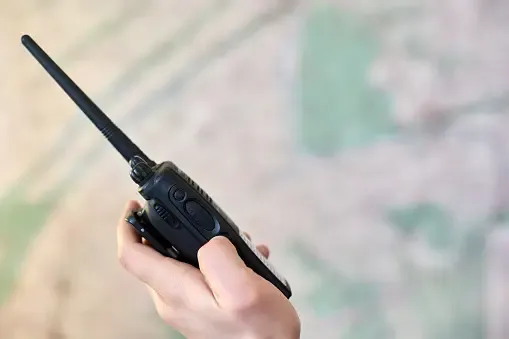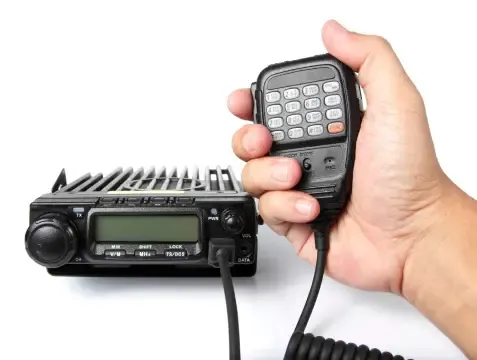
Send Inquiry
How to Choose between Walkie-Talkies and Ham Radios?
In the world of two-way communication, the decision between ham radios and walkie-talkies is not as straightforward as it may seem. While ham radios are often considered superior, walkie-talkies have their own niche. In this guide, we'll explore the nuances of both options to help you make an informed choice based on your specific needs.
What is Walkie-Talkies?
In essence, a walkie-talkie is a portable two-way radio, typically operating on Family Radio Service (FRS) channels. These channels, falling between 462 MHz and 467 MHz, provide a limited range of approximately 1-2 miles under optimal conditions. Walkie-talkies are user-friendly and require no license, making them accessible for recreational activities like hiking or sports.
Pros of Walkie-Talkies
Walkie-talkies are budget-friendly and user-friendly, requiring minimal instruction. They are perfect for casual use in activities like outdoor adventures, where extended range is not crucial. No licenses or courses are needed for operation, except for those utilizing General Mobile Radio Service (GMRS) frequencies.
Cons of Walkie-Talkies
However, walkie-talkies have limitations. Their low power hinders reliability for distances beyond 1-2 miles, making them less effective in emergencies. They also have access to a limited number of frequency bands compared to ham radios.
What is Ham Radios?
Ham radios, or amateur radios, offer a more robust and versatile communication solution. Operating over longer distances and accessing a broader frequency range, ham radios require a Technician's license from the Federal Communications Commission (FCC) for operation.
Pros of Ham Radios
The range and power of handheld ham radios surpass walkie-talkies significantly. With proper conditions, they can transmit 12-20+ miles, and upgrading the antenna can extend this range. Ham radios excel in emergency communications, picking up various signals, including FM radio broadcasts, Morse code, NOAA weather updates, and more.
Cons of Ham Radios
The primary drawback of ham radios is the need for an FCC license and training for proper usage. While they offer unparalleled capabilities, the additional steps can deter some users.
Comparing to CB Radios
While ham radios and walkie-talkies are often the focus, CB radios, designed for short-range communication, offer an alternative. Their ease of use and moderate range make them popular, especially among truckers. However, their range is still limited compared to ham radios.
Choosing Between Ham Radios and Walkie-Talkies
Considering the advantages of ham radios, especially in emergencies and long-range communication, they stand out as the preferred choice. Handheld ham radios like the Baofeng UV-5R or the Kenwood TH-D74A offer superior range and versatility. Although they require a license and training, the benefits in terms of communication capabilities outweigh the effort.
However, for short-range communication needs within a limited area, such as around the house, walkie-talkies like the Motorola T100 analog may suffice. The choice ultimately depends on your specific communication requirements.
Conclusion
In the ham radios vs. walkie-talkies debate, the choice hinges on your intended use. If you prioritize extended range, diverse communication capabilities, and are willing to invest in licensing and training, ham radios are the clear winner. On the other hand, for simple, short-range communication without the need for a license, walkie-talkies offer a straightforward solution.


